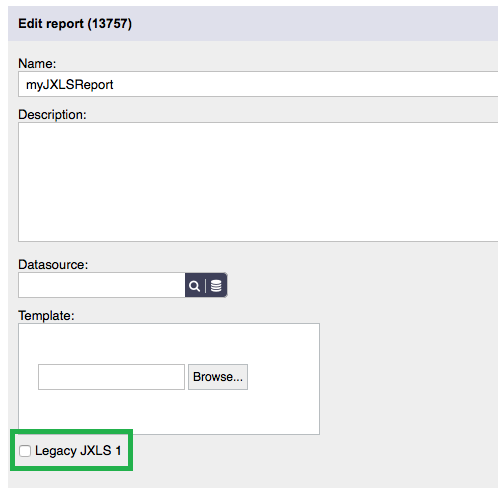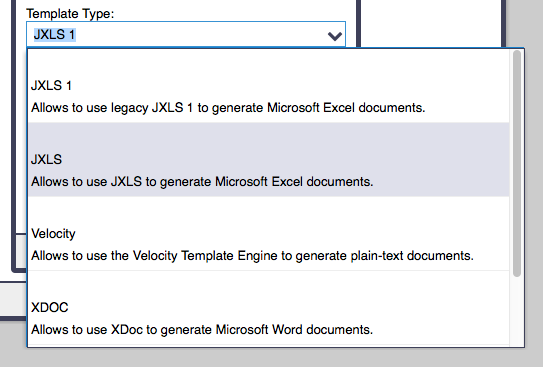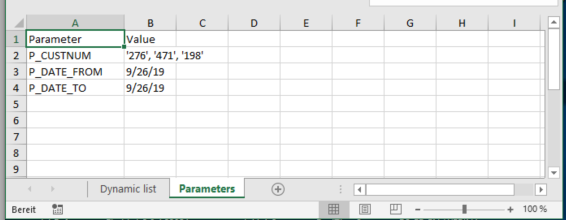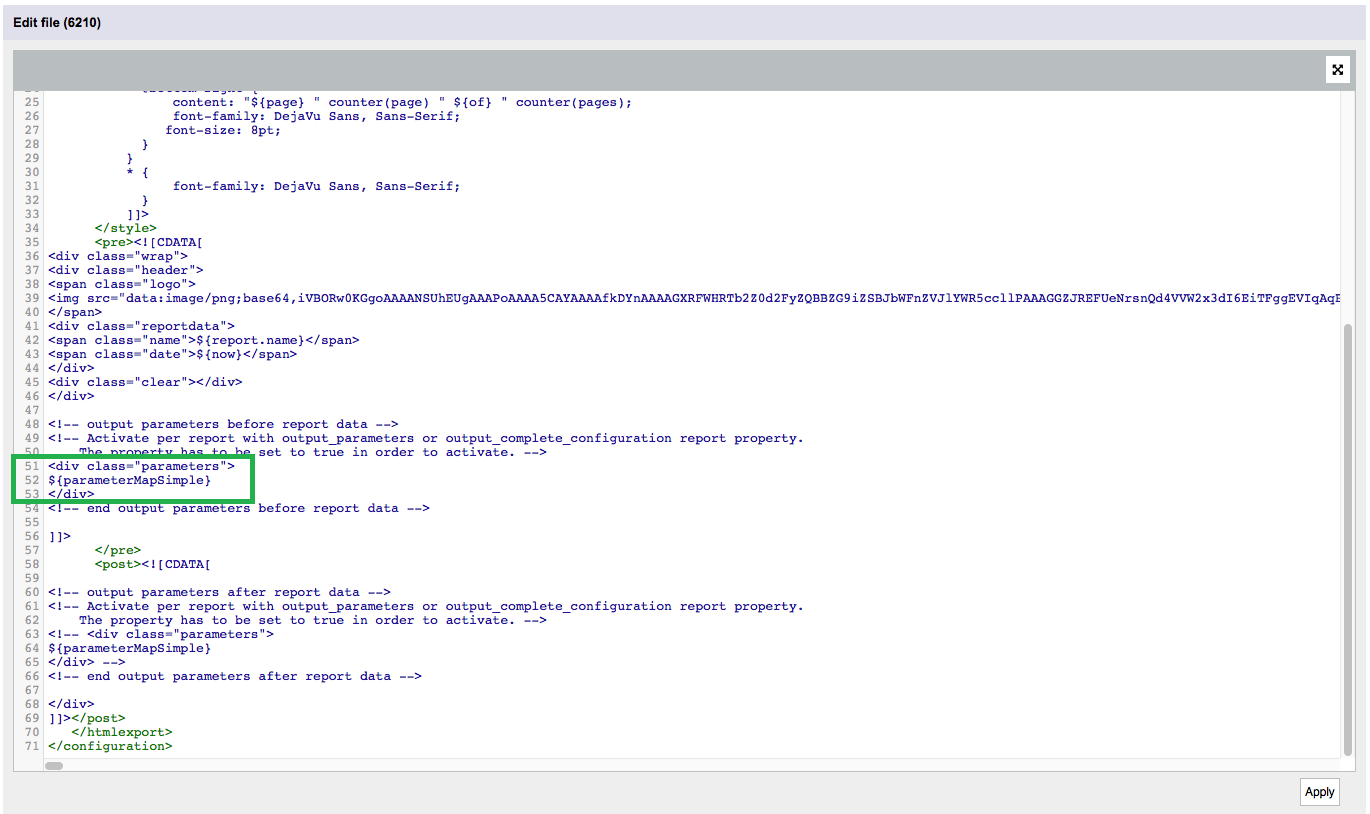ReportServer 3.1.0 is now available
We are pleased to announce that the 3.1.0 version of ReportServer is now available for download. In the following some important features in this version:
JXLS2 Support
ReportServer 3.1.0 supports JXLS2 reports and templates together with the legacy JXLS1. This means that you can decide which version you want to use. You can even use both versions together. This flexibility should help you with your JXLS migration: you can leave all your existing reports in the legacy JXLS1 version, while you create new reports with the JXLS2 version.
As you can see in the following screenshot, ReportServer 3.1.0 uses by default JXLS2. You can use JXLS1 by ticking the option “Use Legacy JXLS 1”.

The same holds for JXLS1 and JXLS2 templates, as you can see in the following screenshot:

Amazon Redshift Support
Amazon Redshift is a fast, fully managed data warehouse that makes it simple and cost-effective to analyze all your data. It allows you to run complex analytic queries against petabytes of structured data.
ReportServer supports Amazon Redshift by its official JDBC driver As stated in the JDBC documentation, you have to obtain your JDBC URL from your AWS. An example URL is
jdbc:redshift://examplecluster.abc123xyz789.us-west-2.redshift.amazonaws.com:5439/dev
Google BigQuery Support
Google BigQuery is a serverless, highly-scalable, and cost-effective cloud data warehouse with an in-memory BI Engine and machine learning built in.
ReportServer 3.1.0 supports Google BigQuery datasources by the official Simba JDBC driver. Your URL should look similar to this:
jdbc:bigquery://https://www.googleapis.com/bigquery/v2:443;ProjectId=MyBigQueryProject;OAuthType=0;OAuthServiceAcctEmail=bqtest1@data-driver- testing.iam.gserviceaccount.com;OAuthPvtKeyPath=/SecureFiles/ServiceKeyFile.json;
Teradata Support
Teradata is a fully scalable relational database management system produced by Teradata Corp. It is widely used to manage large data warehousing operations.
ReportServer 3.1.0 supports Teradata datasources by the official Teradata JDBC driver. Your URL should look similar to this:
jdbc:teradata://IP/DATABASE=myDatabase
Library Upgrades
The following libraries are upgraded in ReportServer 3.1.0:
- Apache POI
- upgraded to 4.1.0
- JXLS2
- upgraded to 2.6.0
- BIRT
- upgraded to 4.8.0
- Jasper
- upgraded to 6.9.0
- UserAgentUtils
- upgraded to 1.21
Exporting Parameters
The parameter export of dynamic lists was largely improved in ReportServer 3.1.0. For this, you can now set the following report properties:
- output_parameters
- output_include_hidden_parameters
- output_complete_configuration
Please note that these report properties are only available in Enterprise Edition.
If only “output_parameters” is true, then only the “real” parameters are being printed out, without separators, text, headers, etc.. If “output_complete_configuration” is set, EVERYTHING will be printed out. This includes user information, report information, report metadata, global variables, separators, headers, parameters, etc. With other words, everything that you can possibly include in the query.
Both “output_parameters” and “output_complete_configuration” take “output_include_hidden_parameters” into account. “output_include_hidden_parameters” controls whether hidden parameters are being exported (defaults to false).
For the following, “output_parameters” was set to true. In the first screenshot, you can see the Excel Export result. A new sheet “Parameters” is created and a list of parameters with their respective values is printed out:

For the HTML and PDF exports, this must be further configured in etc/dynamiclists/htmlexport.cf and pdfexport.cf, respectively, by using the variable ${parameterMapSimple}. As an example, refer to the following screenshot (pdfexport.cf):

You can see the result in the following screenshot. The parameters are printed in the specified position together with the dynamic list data in the exported PDF. The analogous configuration can be made for the HTML export.

For a list of all changes please refer to the release notes. The upgrade guide is available in the documentation area.
Happy reporting!
